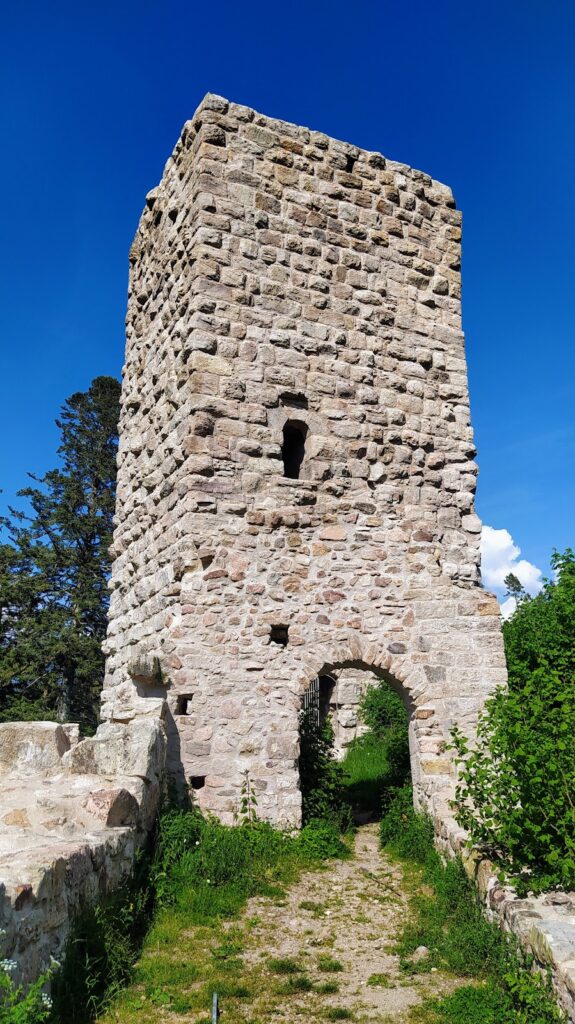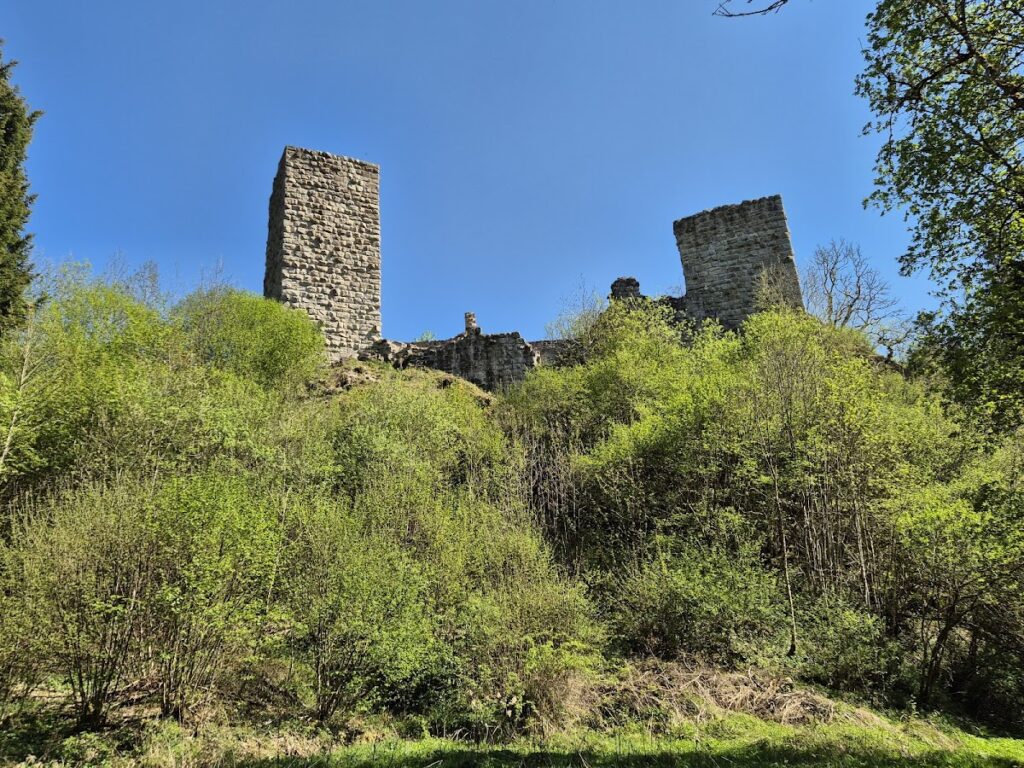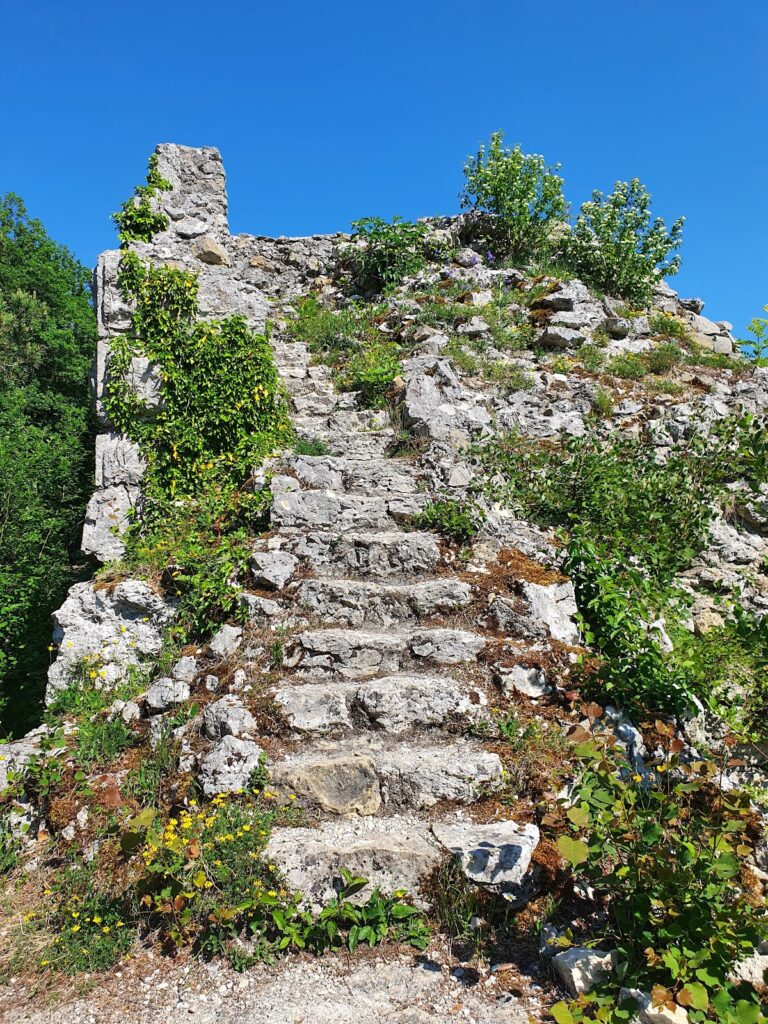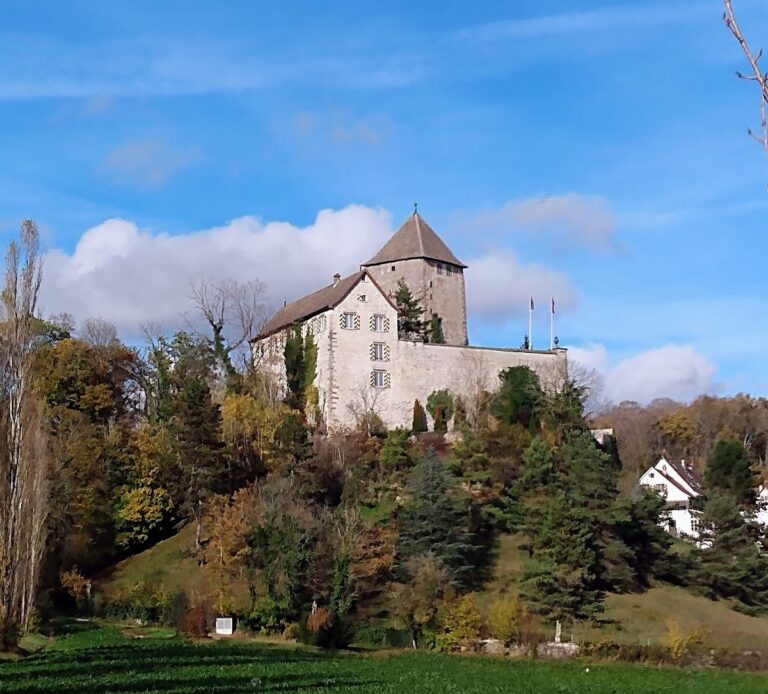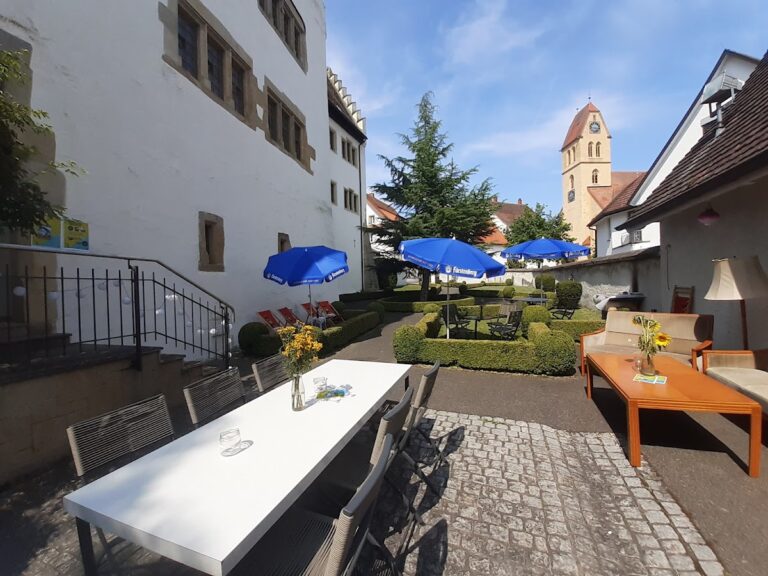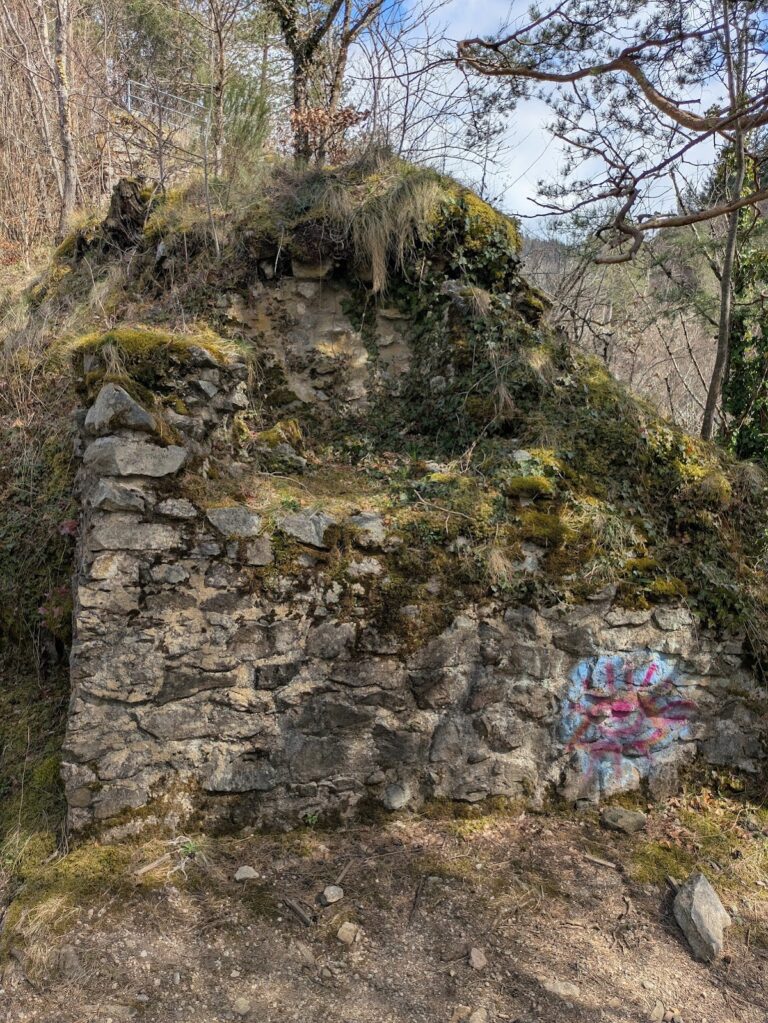Burg Roggenbach: A Medieval Hill Castle Ruin in Bonndorf, Germany
Visitor Information
Google Rating: 4.2
Popularity: Very Low
Google Maps: View on Google Maps
Country: Germany
Civilization: Unclassified
Remains: Military
History
Burg Roggenbach is a hill castle ruin situated near the district of Wittlekofen in Bonndorf, Germany. It was established by the medieval Counts of Nellenburg before the year 1100, serving as a strategic stronghold on a ridge 675 meters above sea level.
The castle’s first surviving written mention dates to 1288, arising from a documented sale. Over the centuries, ownership shifted among several noble families, including the Freiherren von Krenkingen. This family used Burg Roggenbach as a base for raids against the nearby monastery of St. Blasien, actions that resulted in a formal censure known as a church ban, imposed by the Basel Council.
In the mid-15th century, Wolf von Lichtenstein acquired the castle and the surrounding administrative Vogtei (a jurisdictional district) of Riedern am Wald through purchase and familial connections. However, in 1438, Austrian troops led by Werner von Staufen attacked and destroyed Burg Roggenbach. A partial reconstruction followed in 1443, undertaken by the son of Johann von Krenkingen, aiming to restore some of the fortress’s former function.
By 1482, when the site was sold to the Counts of Lupfen, Burg Roggenbach was described as a Burgstall—a term referring to a castle site in ruins. The remaining economic buildings of the estate met their end during the Peasants’ War in 1525, an uprising that also saw the destruction of the nearby Burg Steinegg.
Following the extinction of the Lupfen family’s male line in 1582, the castle’s ownership passed to the Pappenheim family. They retained the property until selling it in 1609 to the monastery of St. Blasien, which maintained possession until secularization took place in 1806, transferring church properties to state control.
Local tradition sometimes refers to Burg Roggenbach and neighboring Burg Steinegg collectively as the “Rogèbacher Schlösser” or “Roggebach,” although earlier assumptions linking the castle to the Freiherren von Roggenbach have been disproved by recent research. Instead, the Roggenbach family’s ancestral seat likely belonged to a different, now-lost castle in Unterkirnach.
Remains
Burg Roggenbach’s remaining ruins reveal a complex built primarily of stone, arranged on a hill ridge above the surrounding landscape. The site is composed of two main enclosures, each centered around a bergfried, a tall fortified tower typical of medieval castles serving both as a defensive lookout and a refuge.
Both bergfrieds share the same square base, roughly nine meters across, with stone walls about 2.5 meters thick and rising approximately ten meters high. The northern bergfried is the taller of the two and retains its outer walls up to the former battlements. It features an internal spiral staircase, which historically provided access from the base to the top of the tower.
The southern bergfried is smaller and was reached originally by an external wooden staircase, a feature that today is considered unsafe for climbing. At some point in the past, the upper section of the southern tower’s walls appears to have been sealed off, perhaps as part of a later modification, though the reasons for this remain unclear.
Between the two towers, the courtyard remains notably well preserved, with visible stone foundations indicating the presence of former residential buildings and other important castle structures. A dividing wall still separates the two sections of the fortress, underscoring the castle’s defensive layout.
The castle’s stone construction reflects typical medieval hill castle features, employing thick masonry walls designed to withstand attacks. While the wooden roofing structures that once covered the towers are no longer present, both bergfrieds remain open at the top.
Locally, the ruins of Burg Roggenbach and nearby Burg Steinegg are often referred to jointly as the Rogèbacher Schlösser, highlighting their close geographical and historical relationship. Archaeological and historical research continues to illuminate the castle’s role over several centuries within the region’s feudal landscape.
